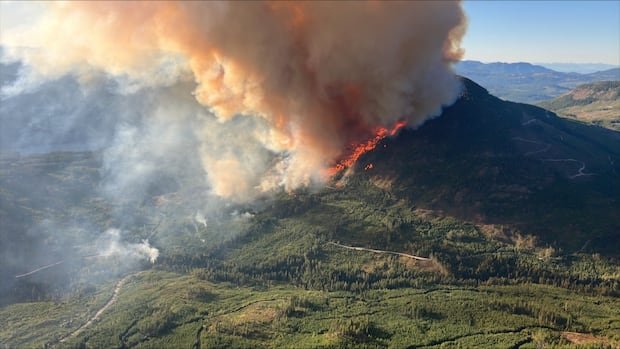With the onset of another wildfire season, Canadians are regularly updated on the status of fires, including those that are out of control, being held, or contained. Understanding these stages is essential for public awareness and safety during such events.
An “out of control” wildfire indicates that the fire is not responding to suppression efforts and is anticipated to expand without a controlled perimeter. However, this term does not imply chaos but rather expected growth. Firefighting crews employ aggressive suppression tactics like establishing control lines, burn-offs, and dropping water or retardant to combat such fires. In some cases, if the wildfire poses no immediate threat to human life or critical infrastructure, it may be allowed to burn under monitoring.
When a fire is considered “held,” “contained,” or “partially controlled,” firefighters have established a boundary around the fire that they believe it will not exceed given the resources and weather conditions. While flames may still burn aggressively within this perimeter, the fire is not expected to breach the established boundary. Despite potential growth within the boundary, the situation is under control unless extreme conditions lead to a reversion to an out-of-control status.
A wildfire is classified as “under control” when it is completely contained within a set perimeter, ceases to grow or spread, and is moving towards extinguishment. Fire crews continue to monitor the area, checking for any signs of reignition, while addressing smoldering smoke or hot spots as necessary. This stage can persist for weeks or even months, with ongoing monitoring and maintenance required to prevent reignition.
Finally, when a wildfire is “out” or “extinguished,” the firefighting efforts have been successful, and there are no remaining hot spots. However, post-fire recovery efforts, such as reseeding and ecosystem restoration, are crucial to ensure the long-term rehabilitation of the affected areas.


